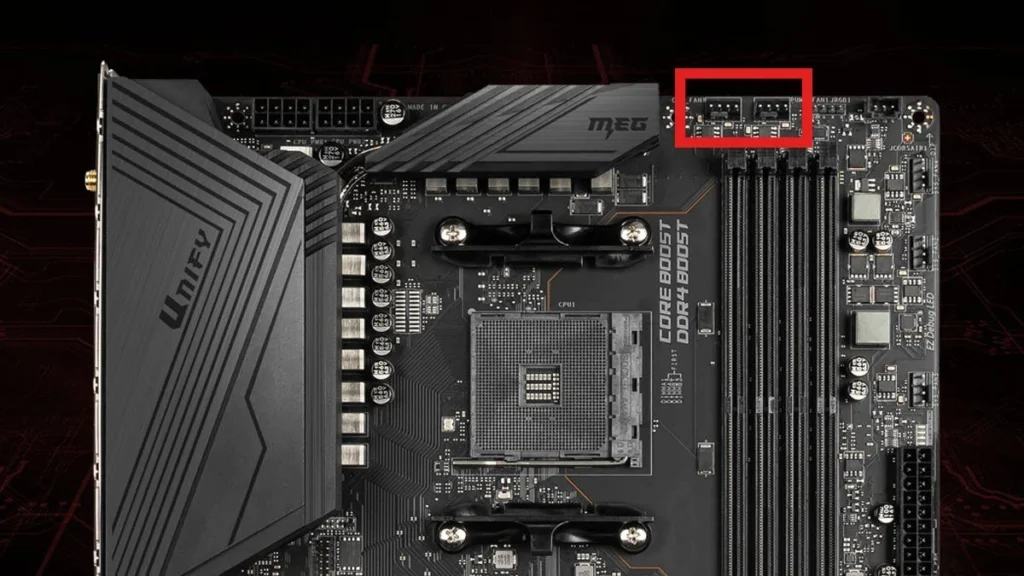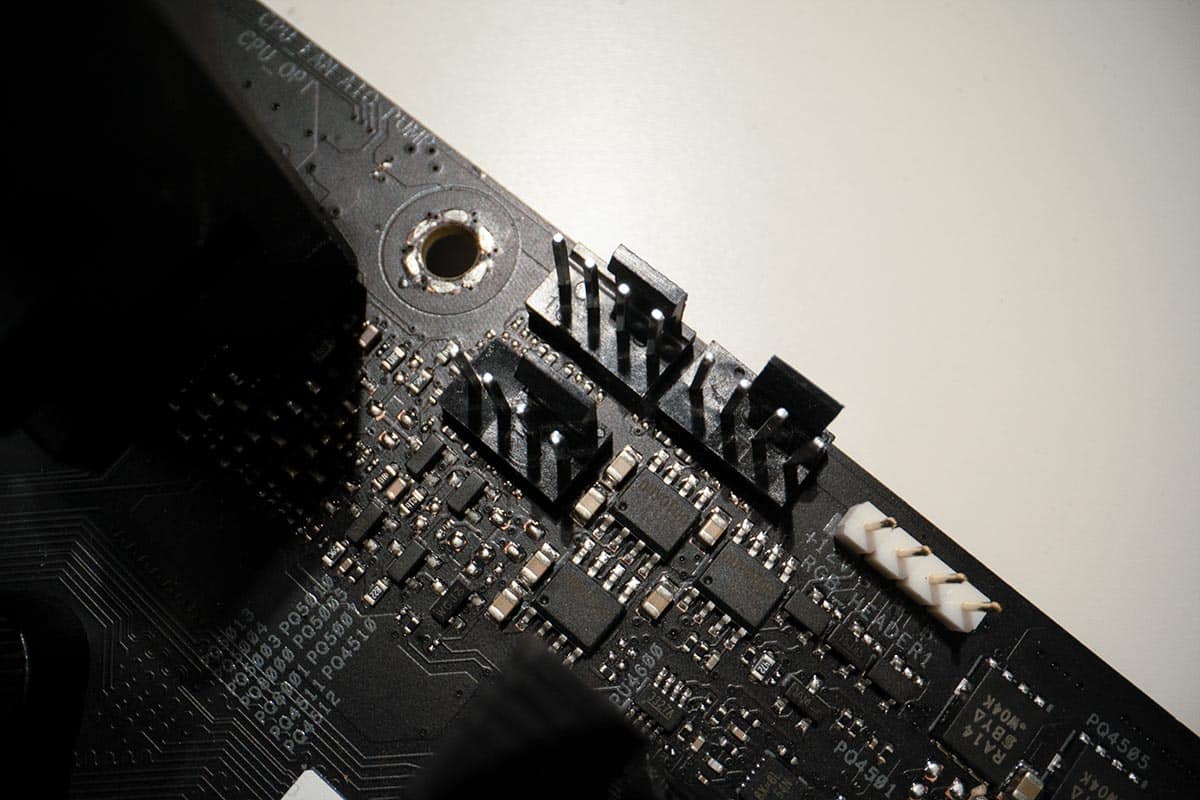
Distinguishing between the CPU-FAN and CPU-OPT headers on motherboards sheds light on their distinct functionalities and applications in the realm of processor cooling. While both connectors serve as essential components for maintaining optimal temperatures within the system, they possess subtle differences that warrant attention.
The CPU-OPT header serves as an additional connection tailored for specialized processor cooling accessories, including coolers equipped with multiple fans or water-cooling components. Despite its unique designation, the CPU-OPT operates similarly to the CPU-FAN, delivering a 12-volt DC connection with at least one ampere to ensure sufficient power distribution for effective cooling.
However, nuances emerge in their operational characteristics. Unlike the CPU-FAN, the CPU-OPT does not conduct pre-boot checks for connection status. Instead, it merely supplies power to the connected device without interfacing with the motherboard’s BIOS or UEFI system for statistical data transmission. Moreover, while the CPU-FAN is typically reserved for the primary CPU cooler, the CPU-OPT accommodates multiple devices through the use of splitters or hubs, expanding cooling options within the system.
Navigating the motherboard ecosystem, users leverage CPU-OPT to segregate primary and secondary cooling equipment, facilitating experimentation with additional case fans or cooling solutions. However, adherence to power limitations requiring connected devices to consume less than one ampere collectively is essential to prevent operational issues.
Conversely, the CPU-FAN assumes a singular role, primarily designated for the main CPU fan. Although splitters may extend connectivity, caution is advised to mitigate potential points of failure within the system. Proper installation of AIO water coolers warrants meticulous attention to manufacturer instructions, ensuring correct header connections for fans and pumps, thereby optimizing cooling performance and system stability.
In essence, both CPU-FAN and CPU-OPT headers play pivotal roles in the cooling ecosystem, contributing to the smooth operation and longevity of PC systems through their distinct functionalities and applications.




